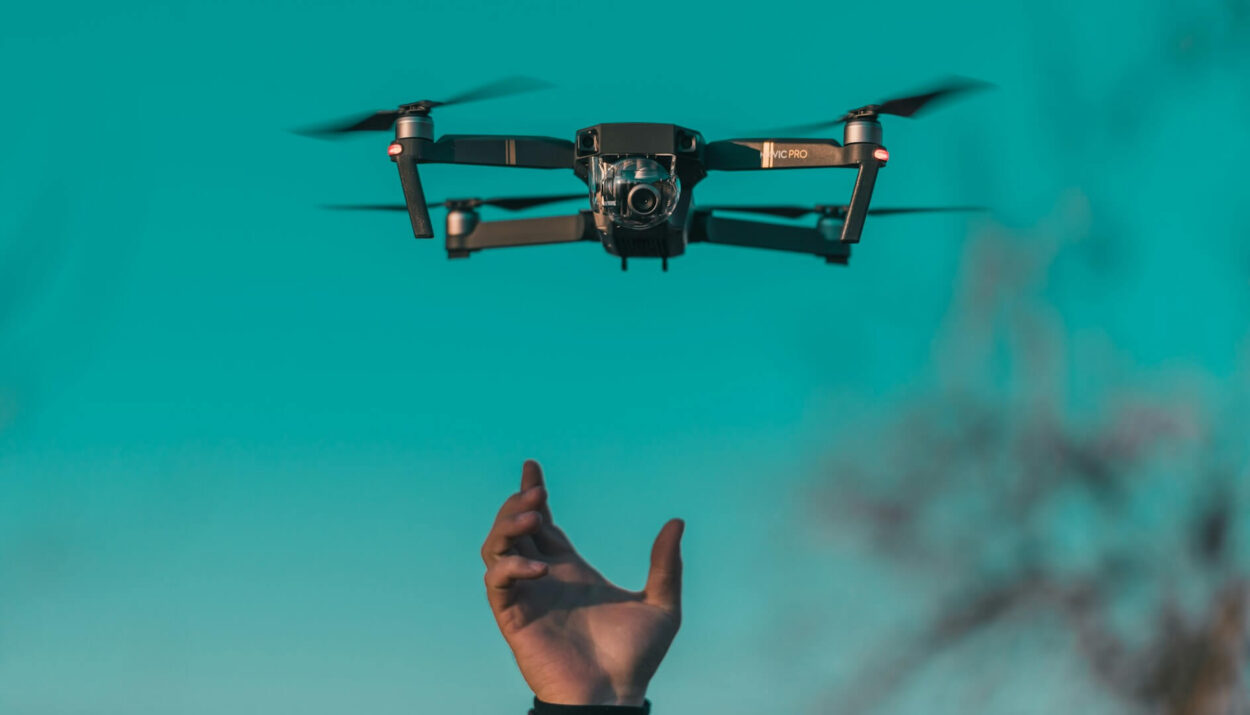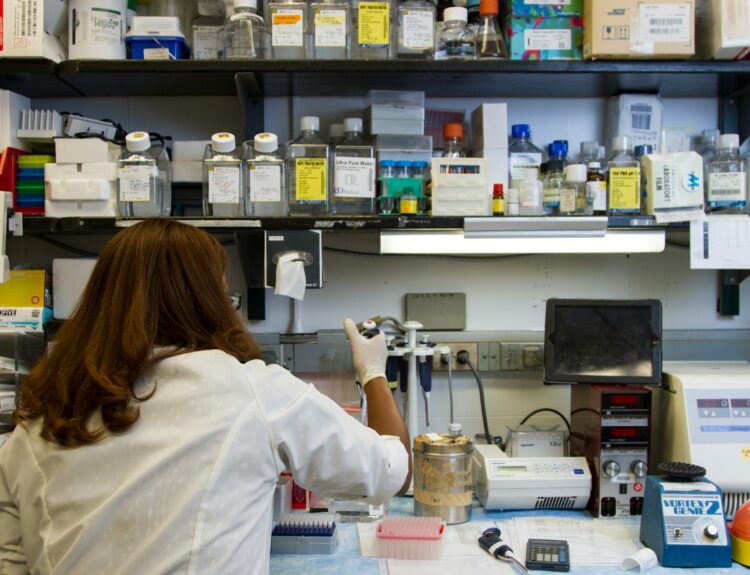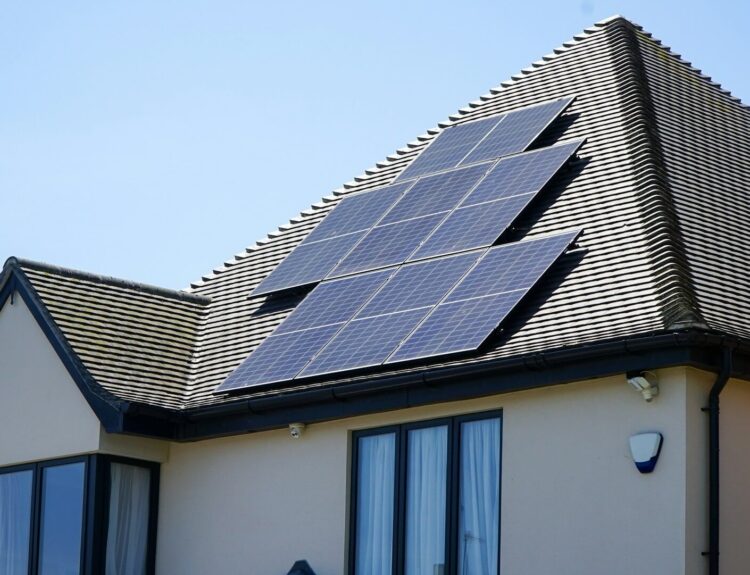In the constantly evolving landscape of agriculture, farmers and agricultural innovators are always on the lookout for technologies that can revolutionize the way we farm. Among these emerging technologies, drones have soared to the forefront, offering a new horizon of possibilities. From enhancing crop productivity to monitoring and protecting crops from pests, drones are transforming agriculture in ways we could only imagine a few decades ago.
The Dawn of Drone Technology in Agriculture
Drone technology, also known as unmanned aerial vehicles (UAVs), has been around for quite some time but its integration into agriculture is relatively new. This integration represents a significant leap forward, merging the ancient art of farming with cutting-edge technology. Drones in agriculture are not just about innovation for the sake of innovation; they offer practical solutions to age-old problems, making farming more efficient, sustainable, and environmentally friendly.
Precision Agriculture: A New Way to Farm
One of the key benefits of drone technology is precision agriculture. This approach to farming management relies on observing, measuring, and responding to variability in crop health. Drones equipped with special sensors can collect data on soil health, moisture levels, and even crop health from the air. This data is invaluable for farmers, allowing them to make informed decisions about where to allocate resources, thus optimizing their yield and reducing waste.
Mapping and Surveying
Imagine being able to get a bird’s eye view of your entire farm in minutes, identifying problems you couldn’t see from the ground. Drones make this possible through aerial surveys and mapping. They can cover large areas quickly, providing high-resolution images that help in assessing crop growth, detecting weeds, and monitoring overall farm health. This aspect of drone technology not only saves time but also significantly cuts down the costs associated with traditional surveying methods.
Crop Monitoring and Health Assessment
One of the most time-consuming aspects of farming is monitoring the health and progress of crops. Drones simplify this process, offering real-time insights into crop health. Equipped with advanced imaging capabilities, drones can detect plant diseases, hydration levels, and even pest infestations before they become visible to the naked eye. This early detection is crucial for preventing crop loss and ensuring high yield.
Precision Spraying
Traditional methods of spraying pesticides and fertilizers are often criticized for their environmental impact, including runoff that can lead to water pollution. Drones are changing this narrative through precision spraying. By targeting specific areas that need treatment, drones reduce the amount of chemicals used, minimizing their environmental footprint. This method not only protects the ecosystem but also saves farmers money on pesticides and fertilizers.
Irrigation Management
Water management is a critical aspect of sustainable farming. Drones equipped with thermal cameras can identify areas of a field that are either too dry or adequately hydrated. This information allows farmers to optimize their irrigation systems, ensuring that water is used efficiently and crops receive the right amount of hydration. This technology is particularly beneficial in regions where water is scarce, promoting responsible water use and helping to conserve this vital resource.
The Future of Farming
The potential of drones in agriculture extends far beyond what we see today. As technology advances, we can expect drones to become even more integral to farming operations. With the advent of AI and machine learning, drones will not only collect data but also interpret it, providing farmers with actionable insights and even predicting future trends in crop health and soil conditions.
Conclusion
The revolution of drones in agriculture has officially taken off, and the possibilities are endless. With advanced technology and innovative ideas, drones are quickly becoming a staple in the farming industry. From delivering fertilizers to monitoring crop health, these flying marvels are proving to be a game-changer for farmers, agricultural innovators, and tech enthusiasts alike. With drone photography and videography and other leaders in the field, we can learn more about the potential for farming to become even more productive, sustainable, and environmentally friendly than ever before.






